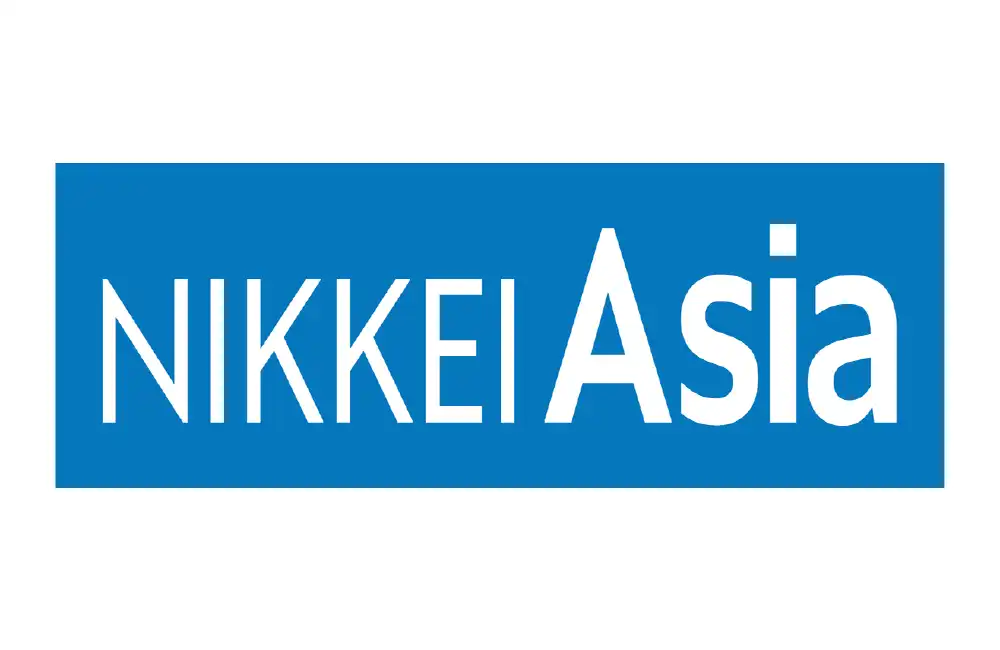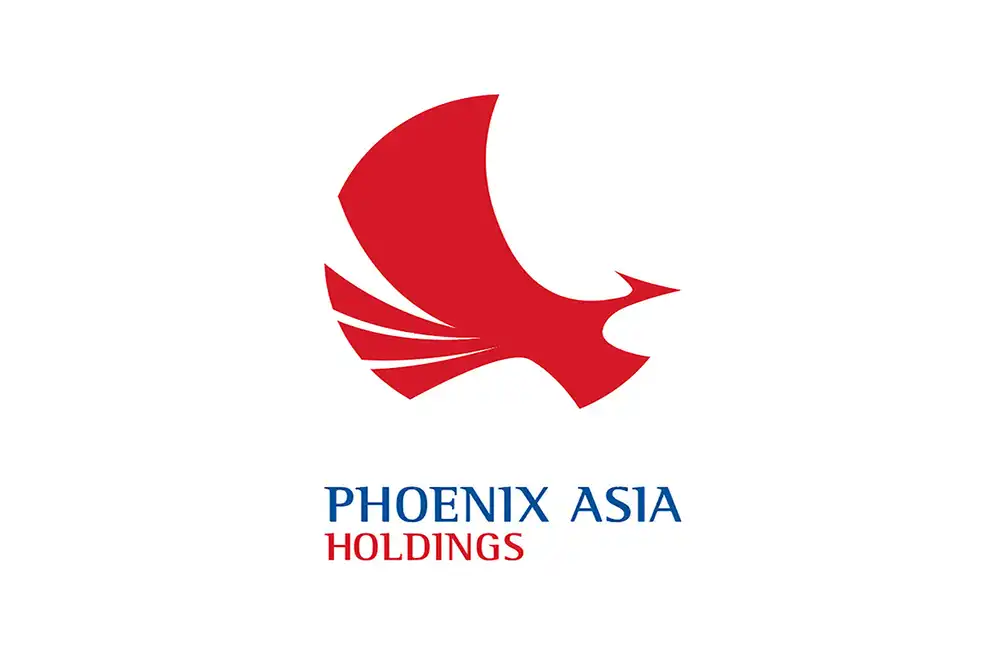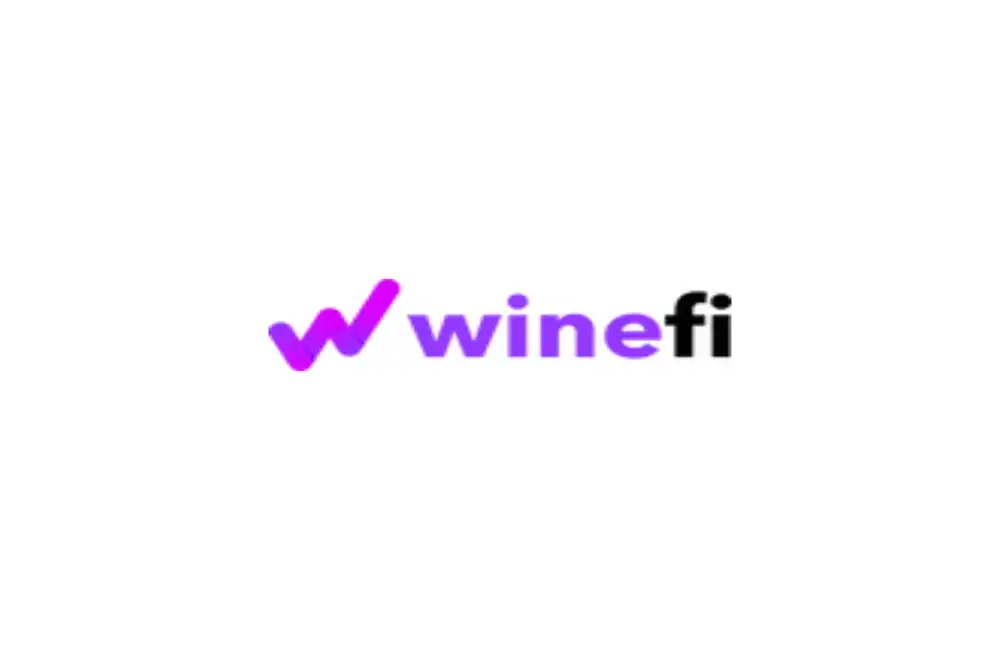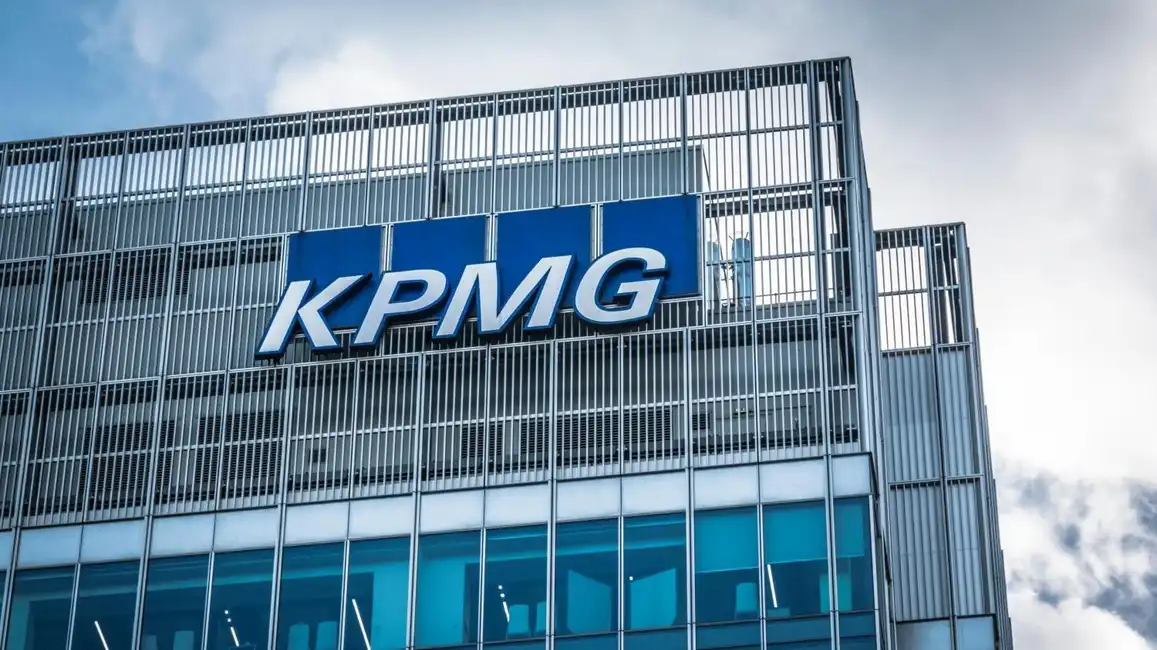And while markets have been subject to some negativity, the US consumer is as strong as ever, and frankly, that may cushion some of that — no pun intended — cushion some of that negativity in some of the markets. US household wealth has indeed never been higher, which should be a boon for domestically oriented companies. As the graph below indicates, US household wealth sharply shot up post-COVID-19, courtesy of a combination of US stimulus, post-pandemic economic miracles, and higher US wages. US consumers, however, have not gone wild with their newly acquired wealth, as wealth gains have come with increased savings. The consumer debt-to-GDP ratio has returned to its pre-pandemic level of 77%, considerably lower than the c. 98% of GDP that predated the GFC. There’s a clear warning from a sharp rise in US wages, which are critical to determining if US inflation is simply a matter of rising prices for inputs rather than strong demand, which could be significant in preventing ‘stagflation’ (the scary combo of high inflation with zero growth).
We think the sector that stands to benefit the most from a strong US consumer is the US small caps, given its domestically sensitive sector. And yet, despite that supportive factor, JPMorgan US Smaller Companies (JUSC) and Brown Advisory US Smaller Companies (BASC), the two US small-cap trusts, are trading on much wider discounts than their one-year averages, both trading on a Z-score of -1.4 (meaning both are 1.4 standard deviations wider than their one-year averages). BASC (trading at 12.5% discount) and JUSC (5.9% discount as of 11/03/2022) are also BY's small-cap inclination, with BASC seeking a higher-growth focus in the company's selection, while JUSC gives investors more of a core style allocation. One final observation: it’s worth noting that despite the sell-off in risk assets through 2022, the two trusts haven’t materially underperformed the S&P 500, as you might expect from small caps catching the downside wave in a declining market. We believe this may be a sign of strength in the US domestic economy. Both trusts have beaten the Russell 1000 Growth Index as well, which is down 13.6 percent in that time.
Opportunities in commodities
Weird to remember that oil was negative two years ago. But due to the war in Ukraine and sanctions on Russia that followed, oil has reached prices not seen since 2015, trading for far more than $100 a barrel. Natural gas, another pillar of Russia’s exports, has also surged, and while it isn’t as pricey as it was when the post-COVID recovery peaked, it is nevertheless well over its longer-term average. The war in Ukraine has also had a huge impact on agricultural prices owing to the sudden supply disruptions because Ukraine is a major supplier of agricultural goods and fertilisers.
But the upward spiral in commodity prices is not just an energy and agriculture phenomenon, as most other commodities — from aluminium to uranium — have also experienced price rises through 2021 and 2022. Russia plays a critical role in the production of many of these, and fundamentals were robust even before the specter of sanctions and trade embargoes. So has the bounce in post-lockdown economic activity, which has resulted in outsized demand for commodities of all types, and both industrial inputs, such as nickel or lithium, and energy, with producers having found it hard to keep functioning through lockdowns. Gold, too, has recently seen a rebound in its price, which now trades around $2,000 an ounce and comes close to the record $2,075 it reached in August 2020. The strong demand for gold was not surprising, due to its safe-haven asset status and a hedge against raging inflation.
Perhaps the most painful byproduct of soaring commodity prices (even to non-investors) is their immediate effect on living costs, an issue we explore in greater detail in our latest editorial, with energy prices being a significant driver of worldwide inflation. High inflation can be bad for growth, but maybe not so bad for value as long as it translates into higher interest rates (and thus discount rate). This has been noticeable in the closed-ended peer groups already, where value-biased strategies like BlackRock Sustainable American Income (BRSA) and Murray International (MYI) have outperformed their peer groups. (As at 10/03/2022 NAV total return year to date BRSA = 0% vs peer simple average of -5.6%; MYI = 2.5% vs peer average simple of -6.6%) The question investors now have to confront is whether the current commodity-driven inflation is a knee-jerk reaction or a long-term problem, or a new and more powerful source of people’s ongoing tendency to try to destroy the recently venerable growth stock trade at the expense of value in the long term.
Value opportunities are available
So far, impaired investor confidence has driven wider discounts throughout many sectors throughout early 2022. As at 10/03/2022, the bulk of trusts had a negative NAV performance year to date and less than c. 30% of investment trusts post a positive one-year Z-score, so indicating that most trade at a discount wider than their one-year averages (Source: JPMorgan Cazenove). The private equity sector in particular stands out to us. Specifically, all the trusts in the UK-listed funds-of-funds (FOFs) peer group are now trading at wider discounts than their five-year averages.
There is some time lag in terms of valuations, but we think this may present an interesting long-term entry point given that discounts were overall very wide even before this most recent sell-off. ICG Enterprise (ICGT), for example, is currently trading at a c. 29.8% discount. We think both that and its five-year average discount of 21.1% are undeserved. ICGT wants its shareholders to be able to access the best risk-adjusted returns available in the private equity industry, and earlier this month, we published a full note on the trust.
Pockets of strong performance
It has been a difficult year to date for investors, but a select band of trusts is performing well year to date. Most of the top performers have been in the commodity sectors themselves, or countries with exposure to them. BlackRock World Mining has been chief among these (BRWM). BRWM has a basket of companies engaged in the extraction of industrial metals and has a weighting in gold (pure-play gold was c 15% of the portfolio as of the end of January). Going into the current crisis, it had very little exposure to Russia, and with the potential for Russia to be taking an exit from global markets, it could find itself in a strong position. BRWM has delivered 132.5% in NAV returns over the past five years, and 21.9% YTD (as of 10/03/2022). BlackRock Latin American (BRLA), by contrast, has enjoyed strong returns in Latin America — strong because, among other reasons, it is a big commodity-producing region. Brazil, for example, is a major food exporter and, as such, is benefiting from the agricultural commodity prices that are among the many unhappy effects of the current war; the region is also a big metal exporter. BRLA also pays out 1.25% dividends quarterly on an NAV basis, so given continued strong performance, the investors can benefit from higher dividends. BRLA has also produced enviable year-to-date returns, returning an NAV of 17.7%.
Ruffer Investment Company (RICA) is another example we can highlight outside the commodity space. For some time, RICA has been positioned for higher inflation via its allocation to index-linkers and energy equities, not to mention its gold exposure. On 10/03/2022, it was up 5.2% year to date vs a loss of 8.0% for MSCI ACWI. Another protectionist strategy that has been doing well is BH Macro (BHMG), taking up 1.8% to 10/03/2022. BHMG employs options-based trading strategies to seek to profit from volatility in the market. If RICA and BHMG continue to perform well, they can offer a positive potential return in difficult markets.


















